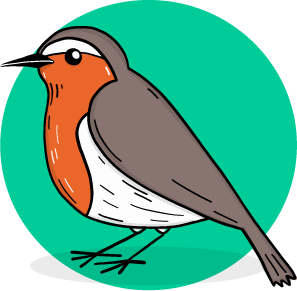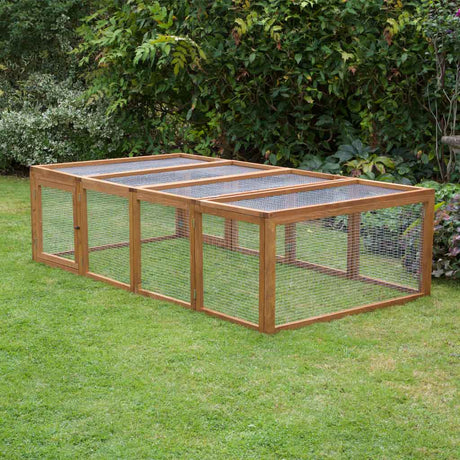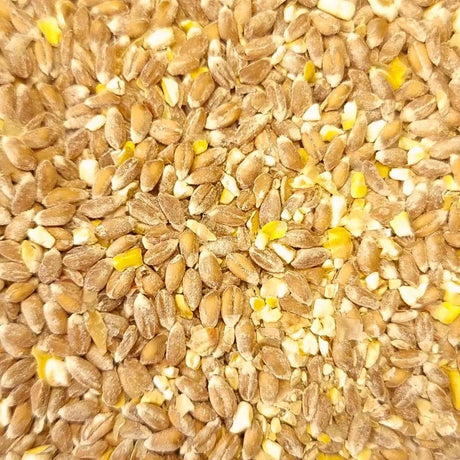Are you thinking about using fleece as bedding for your guinea pig but aren't sure if it is as good as wood shavings? Well, you will be pleased to know many piggy parents are making the change, and are thrilled with the results. But before you go into a fleece frenzy, it is worth looking at the benefits of this unique material, as well as how to prepare it and line your piggy's cage correctly.
Ready to find out more?
Why Fleece Bedding is a Good Idea
For the longest time, guinea pig owners have used wood shavings as bedding for their cavies. There is absolutely nothing wrong with this, but in recent years more people have discovered the benefits of fleece bedding for guinea pigs. Let's take a look at these in more detail.
- Fleece is friendly on the pocket - Unlike wood shavings that need to be replaced regularly, fleece can be washed and used over and over again. This means you have more money to spend on more important things, like toys and treats.
- Cleaning is much made much easier with fleece bedding - If you prepare the fleece correctly before lining your guinea pigs' cage, it is much easier to keep clean. All you need to do is spot cleaning during the week, and then toss it in the laundry over the weekend.
- Fleece is gentle on your guinea pig's feet - As you know, guinea pigs have very sensitive feet and are prone to nasty diseases like bumblefoot. Fleece bedding is much gentler on your cavy's feet, and perfect for snuggling into.
- Fleece bedding is environmentally friendly - If you are looking for an environmentally friendly solution for bedding for your guinea pig, look no further than fleece. There is less waste, and it can be hand-washed and hung up to dry, rather than using washing machines and tumble dryers.
- Fleece is more hygienic - There is a common misconception that fleece is less hygienic than other bedding options, but this is not the case. If it is pre-treated and cleaned regularly, this fabric can actually eliminate unpleasant odours.
- No more allergies - If your guinea pig suffers from allergies, then fleece is an excellent option. There is no dust at all, and no more respiratory problems.
- Fleece is fashionable - Fleece is surprisingly fashionable. Etsy has a wide range of fleece liners, hammocks, beds and snuggle sacks to choose from. If you are a bit of a fashionista, then fleece is the way to go.
How to Prepare the Fleece
One of the main reasons fleece has gotten a bad rap over the years is because there is a common misconception that it doesn't absorb liquids or prevent odours. However, this is definitely not the case. If you have decided to use guinea pig bedding fleece, the first step is knowing how to prepare it correctly. Want to find out how? Carry on reading.
1. Wash the fleece before you use it
Before you place the fleece in your guinea pig's cage, you need to wash and dry it a minimum of three times. This is because the fabric has a water barrier that needs to be broken down. This process is known as wicking, and once it is done, the fleece is more absorbent.
2. Don't use fabric softeners or scented detergents
The residue from these items builds up on the fleece, which clogs up the pores and prevents the fabric from absorbing any liquid. Scented detergents can irritate your cavy's skin, causing allergies and other skin conditions.
3. Drying fleece liners
Weather permitting, you can hang the liners outside or on a clothes dryer indoors. Of course, if you need it in a hurry, tumble drying is an option. We suggest:
- Not using dryer sheets, because these, like fabric softeners, cause residue to build up on the fleece, making it less absorbent.
- Making sure the tumble dryer is on a low heat setting. To prevent the fabric from shrinking, don't overdry it.
- Before the fleece is completely dry, remover it from the dryer and hang it over a clothes dryer or outside.
Learn How to Layer the Fleece

With your fleece all ready to be used, it is time to find out how best to layer it. This is essential to avoid a soggy bottom (and nobody likes a soggy bottom).
- The idea of layering is to prevent moisture passing straight through the fleece and pooling up underneath. You can use old towels, mattress padding, puppy training pads or newspaper. The problem with newspapers though is that it absorbs liquid too quickly and can start to smell.
- For the fleece to work as effectively as possible, we recommend placing two layers of mattress padding, puppy training pads or towels on the bottom of the cage, with one layer of fleece on top. Don't make the mistake of thinking two layers of fleece will do a better job than one. This will prevent any moisture from passing through the fabric.
- Start from the bottom with the padding, and finish off with the fleece bedding on top.
- Place your guinea pigs back in their cage, and wait for the popcorning and wheeking to start.
Handy tip!
Here's an idea for your leftover fleece. Use it to make fleecy pillows for your guinea pigs to snooze on, or you could make a snuggle blanket. Another great suggestion is to make your very own little hammock and tent to brighten up your guinea pig's cage.
If that seems a little too daunting, you could always buy one ready-made. How cute is that?
If you aren't sure how your guinea pigs will respond to the new bedding, you could always start off using wood shavings and fleece. This will give you a chance to see which one you and your piggy prefer. When you are ready, you can transition over to a fully fleeced hutch.
Now we want to hear from you. Are you using fleece bedding in your cavy's cage? Was it easy to change over? And do you think the hutch is cleaner and less smelly than before? Better still, send us pics of your piggy's pimped up pen, so we can share it on our Facebook page.











3 comments
Thank you for this information. I started using fleece last week and did it all wrong. So thank you!
Who the heck is she
Hi Debbie,
I shake out the fleece in the garden to get the worst off, and then give it a quick hover it before it goes in the washing machine.